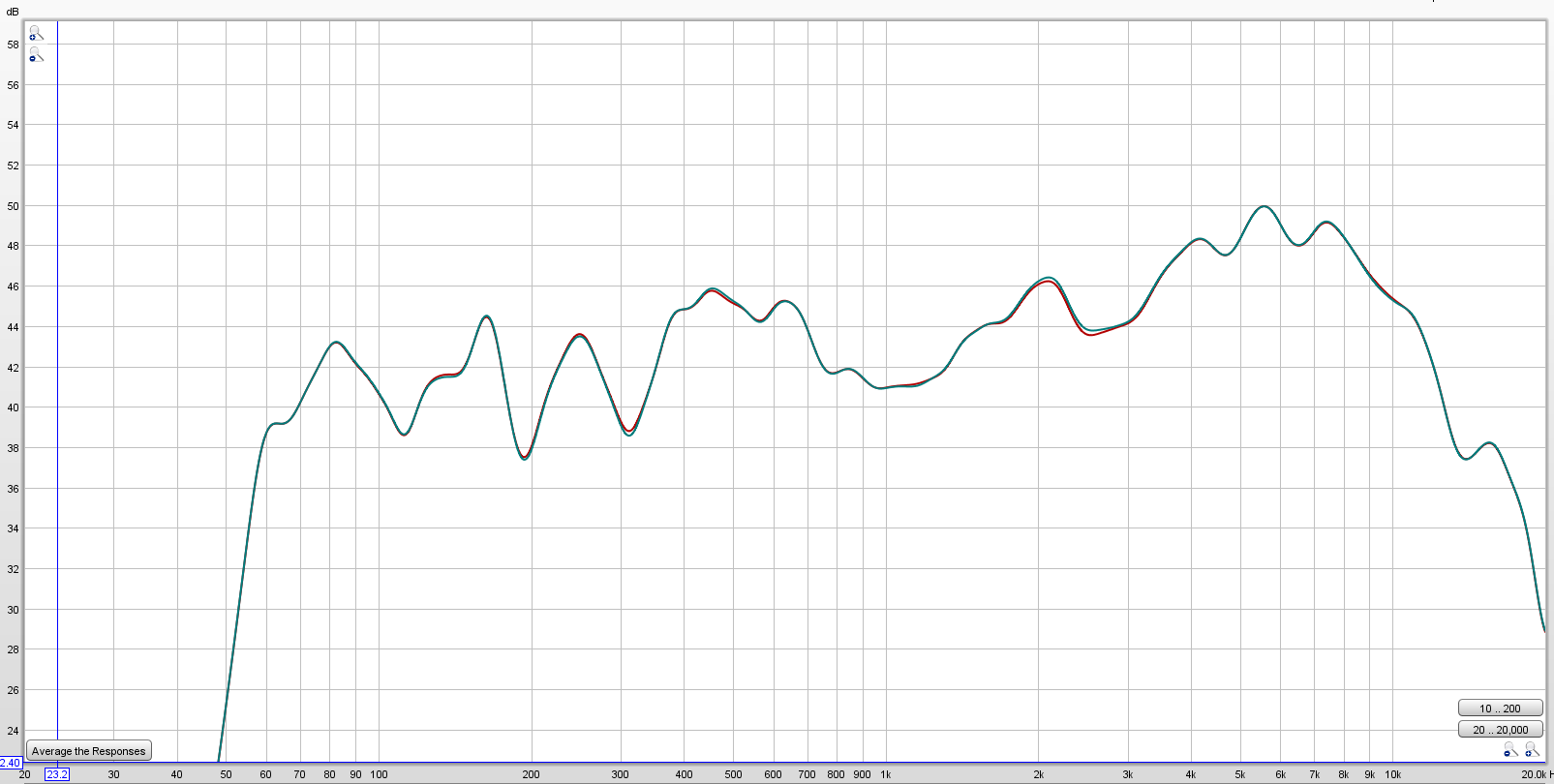DMX cable works for everything, so why not just use that?
 Want to use this image for something else? Great! Click it for the link to a high-res or resolution-independent version.
Want to use this image for something else? Great! Click it for the link to a high-res or resolution-independent version.Please Remember:
The opinions expressed are mine only. These opinions do not necessarily reflect anybody else’s opinions. I do not own, operate, manage, or represent any band, venue, or company that I talk about, unless explicitly noted.

I am currently in the process of converting all of my XLR cable inventory over to 110 Ohm DMX cable. It’s going to take a long time, because I still have a significant amount of “vanilla mic-cable” stock. That stock is comprised of the cables that have lived this long, and are likely (in my mind) to keep on living for a good while. The terrible cables and connectors die early. The rest do tend to linger.
Why do this?
The summary above almost says it all. DMX cable, terminated with 3-pin XLR ends, works in all cases. You can connect mics with it. You can run outputs to amps and loudspeakers with it. You can use it for whatever you would use mic-cable for, and…
…you can also, without spinning up a cloud of doubt in your mind, use it in a DMX lighting-control network.
This is not to say that basic mic cable can never be used for DMX runs. I’ve done it, and without noticeable problems. Even so, it’s not a practice that I would recommend to anyone without caveats. I try to be careful to say the previous: That I’ve done it, and it worked, but your mileage may vary, so the safe option is what I recommend unless you’re truly in a jam.
But anyway, the more I convert to an all-DMX cable inventory, the less sorting out of cable types I have to do. If it’s all (or overwhelmingly) DMX, then no matter what I’m doing I can just grab a cable and go.
Of course, a question does arise: How does something like a dynamic mic react to a DMX cable in place of a regular cable? Lucky for you all, I like to graph things:

The graph is two traces on top of each other. One is the mic cable, and one is the DMX cable. They’re so close that I can’t imagine any of the deviations are something other than experimental error; You can only be so careful about not moving the mic when you replace a cable. I’m confident that any difference between the cables one thinks one might hear is a product of the imagination.